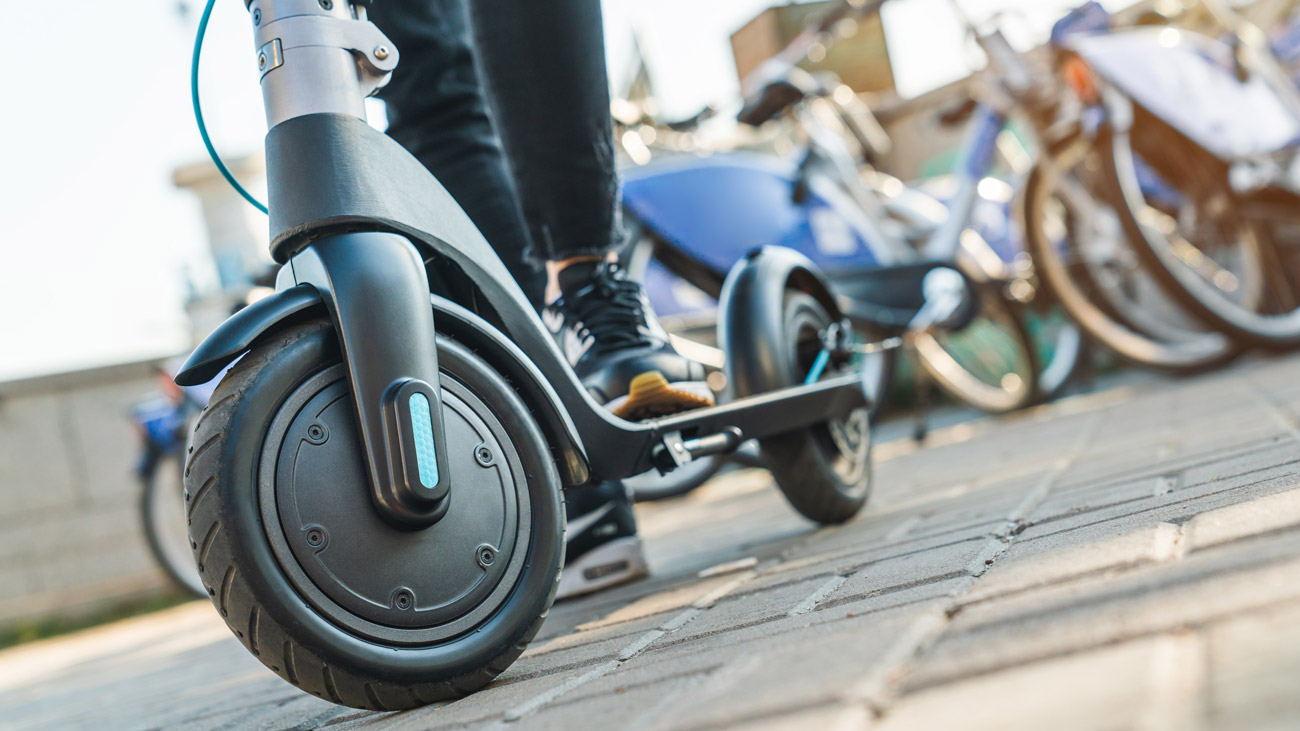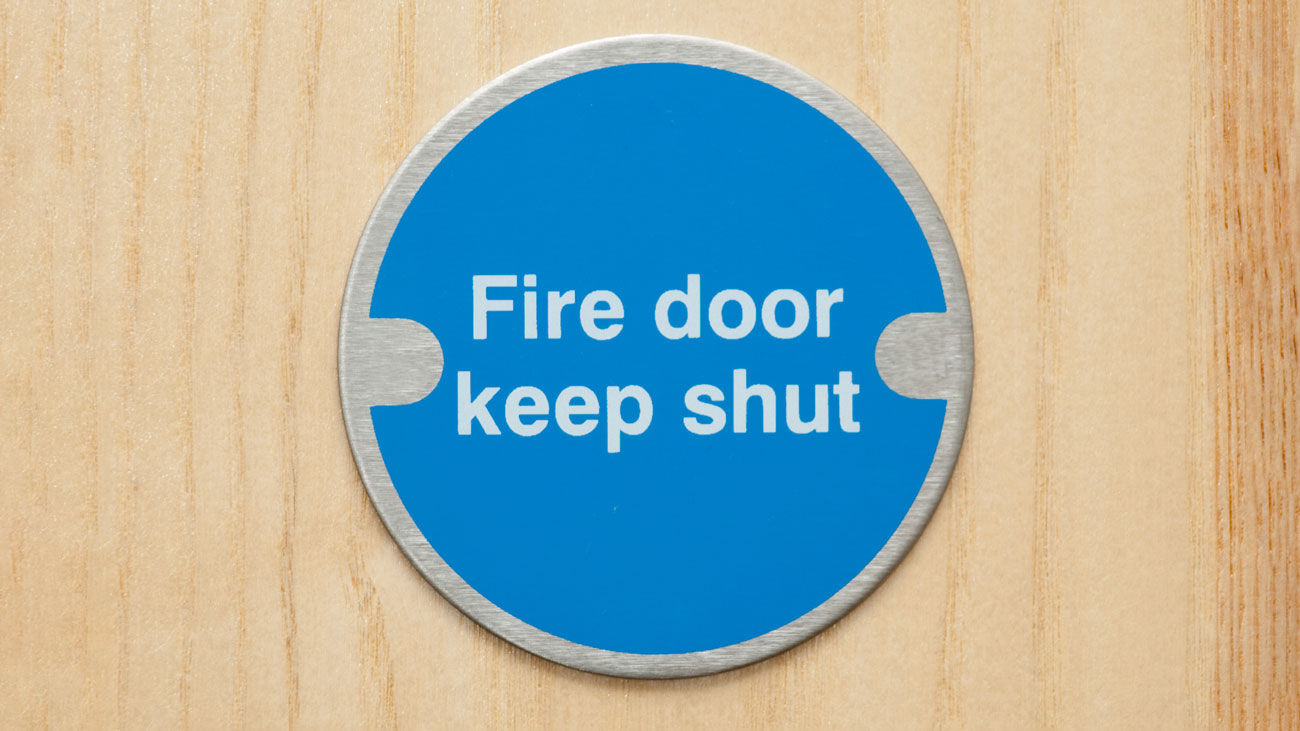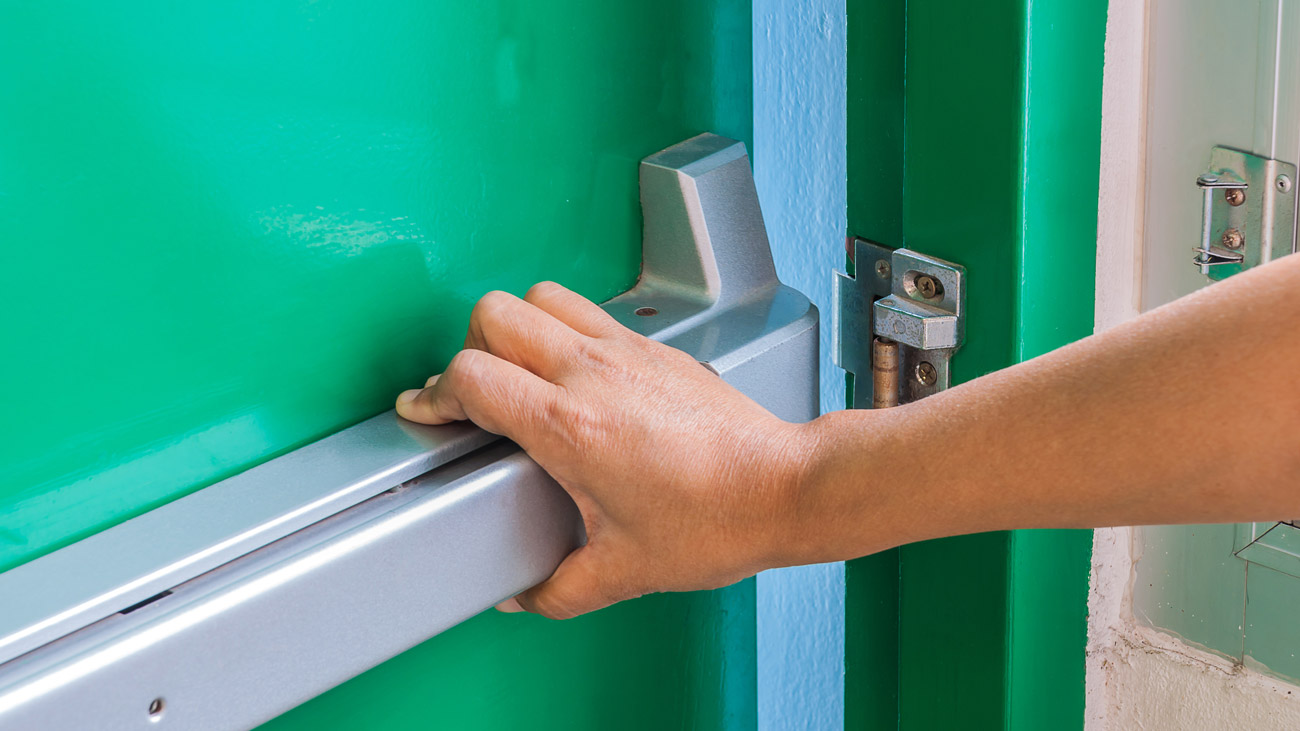
Lithium-ion battery fires: guidance for employers
According to new research from business insurer QBE, UK fire services attended 46% more fires linked to lithium-ion batteries in 2023 than 2022.
Batteries that power electric vehicles such as bikes, scooters and cars were involved in almost three fires a day last year, compared to under two fires a day the previous year.
QBE is calling for improvements in lithium-ion battery safety because the fires they might start burn differently from regular fires, increasing the risk of injury to people and damage to property.
Data collected by QBE from FOI requests to all UK fire services suggests almost a third (29%) of lithium-ion fires involved e-bikes. They accounted for 270 recorded fires in 2023, up from 158 in 2022 (+70%). Over the same period, fires involving e-scooters rose by 7% (117 to 125). Given the increasing popularity of electric transport, there needs to be more education on how to prevent and deal safely with fires caused by lithium-ion batteries.
The data obtained shows fires involving electric cars increased by 33% from 89 nationally in 2022 to 118 in 2023. This remains a low number compared to the one million electric cars on UK roads.
No other country in Europe registers as many electric buses as the UK. The data collected shows fires involving e-buses increased by 22% last year while blazes involving e-trucks quadrupled. However, only seven fire services were able to report on these types of incidents.
Adrian Simmonds, practice leader for property risk solutions at QBE Insurance, says:
“We see more fires linked to lithium-ion batteries, which is concerning. They burn differently from normal fires, so people attempting to put them out run more risks of injury. We welcome the adoption of electric vehicles. To help with a safer rollout, we are calling for more support for fire services to help improve education in dealing with the new risk profile. The UK government needs to impose more stringent safety requirements to reduce fire frequency. Increasing awareness of proper maintenance, storage and disposal of lithium-ion batteries is paramount to protecting people and property.”
Lithium-ion fires are the result of “thermal runaway”, where batteries start to irreversibly overheat, usually due to impact damage, over-charging or over-heating. Batteries on electric vehicles are extremely powerful, so the resulting explosive fire incidents are significantly more energetic, causing extensive damage, and potentially injury or even death.
Below are some recommendations for businesses that use electric cars, buses, forklift trucks or similar:
- Only use the correct chargers for the vehicle.
- Chargers and vehicles on charge should be at least two metres clear of combustible materials, skips, waste bins, wooden fence lines, sheds, LPG gas vessels and cylinders.
- For chargers you own, you need a formal maintenance contract and a weekly inspection for signs of damage.
- For indoor chargers, charger power must be interlocked to the premises’ fire alarm.
- If there is no automatic fire detection in the parking/charging area, have it installed directly above the charging bays.
- Avoid installing or using chargers in basements, undercrofts or at ground level below raised buildings.
- If an electric vehicle has been involved in an accident, treat it as if the lithium-ion battery could be damaged and get it recovered by an EV recovery specialist. If it is transported to premises you own, keep it at least 30m away from all other vehicles and buildings, infrastructure, trees or combustibles.
- Ensure the fire brigade are familiar with your parking and charging arrangements.
- Train employees on what to do and not to do when dealing with EV lithium-ion battery fires; engage with the fire brigade for best advice.





